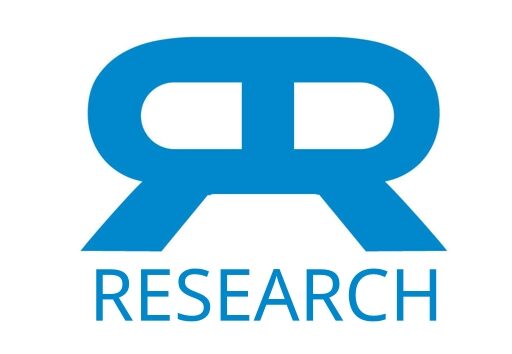There is increasing evidence that a behavioral treatment approach might be efficacious in the treatment of the emotional aspects of infertility and may lead to increased conception rates. The first 54 women to complete a behavioral treatment program based on the elicitation of the relaxation response showed statistically significant decreases in anxiety, depression, and fatigue as well as increases in vigor. In addition, 34% of these women became pregnant within 6 months of completing the program. These findings established a role for stress reduction in the long-term treatment of infertility. They further suggest that behavioral treatment should be considered for couples with infertility before or in conjunction with reproductive technologies such as intrauterine insemination and gamete intrafallopian transfer.
The mind/body program for infertility: A new behavioral treatment approach for women with infertility
Publication
Fertility and Sterility
Volume 53, Issue 2
Abstract
Web and Email Links
Related Listings
Journal
Minn Med.
Although the physiological and biochemical changes that occur during the acute stress response have been well-characterized, the contrasting changes that underlie the relaxation response evoked by various mind-body techniques are less understood. To help guide future mind-body research, we present a conceptual model that integrates patterns of change at the physiological and molecular levels. In addition, we point to future research opportunities and discuss how repeated elicitation o […]
Journal
Fertility and Sterility
Objective: To replicate previously reported psychological improvements in infertile women attending a group behavioral treatment program. Design: Psychological and demographic data were collected before entering and again upon completion of a behavioral medicine program on a second cohort of patients. Setting: The program was offered in the Division of Behavioral Medicine, an outpatient clinic of the Department of Medicine at New England Deaconess Hospital. All patients were receivi […]
Journal
American Journal of Public Health
A 12-week randomized experiment investigated the effects of daily relaxation breaks on office workers with “normal” blood pressure. Blood pressures of 126 volunteers from the corporate offices of a manufacturing firm were measured biweekly. After four weeks of baseline monitoring, volunteers were divided randomly into three groups: Group A was taught a technique for producing the relaxation response; Group B was “taught” to sit quietly; and Group C was taught nothing. Groups A and B w […]

